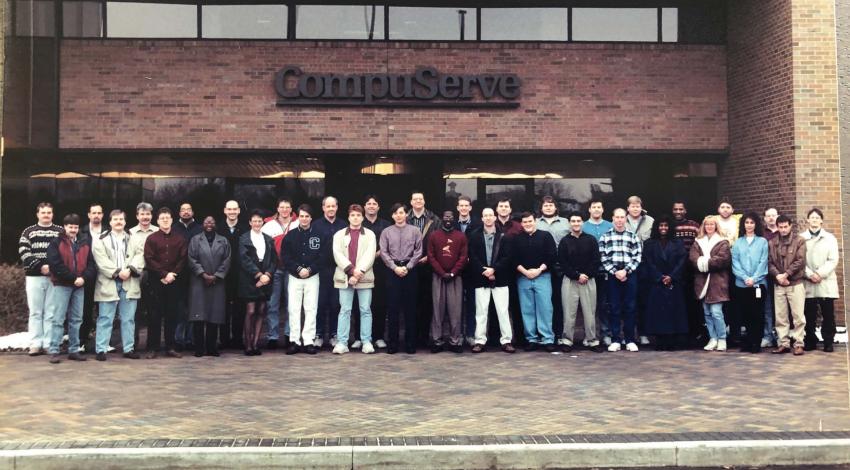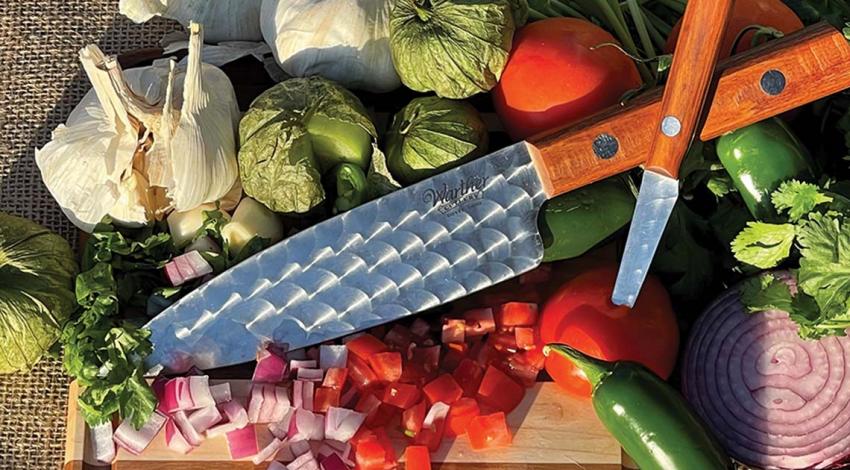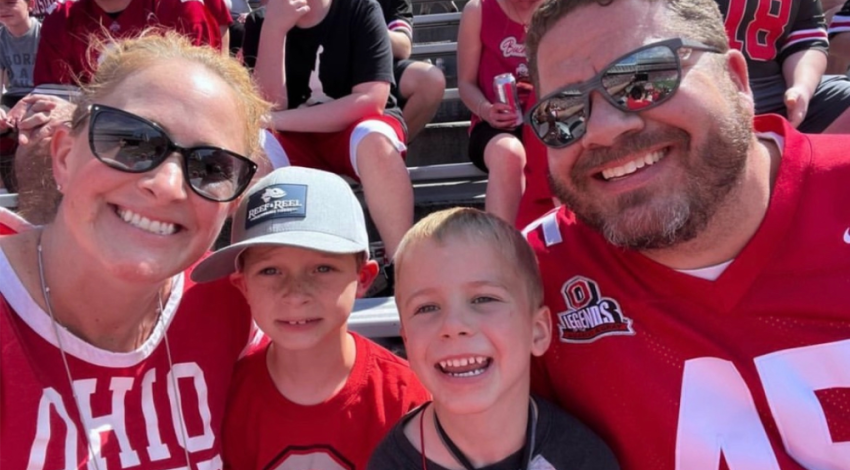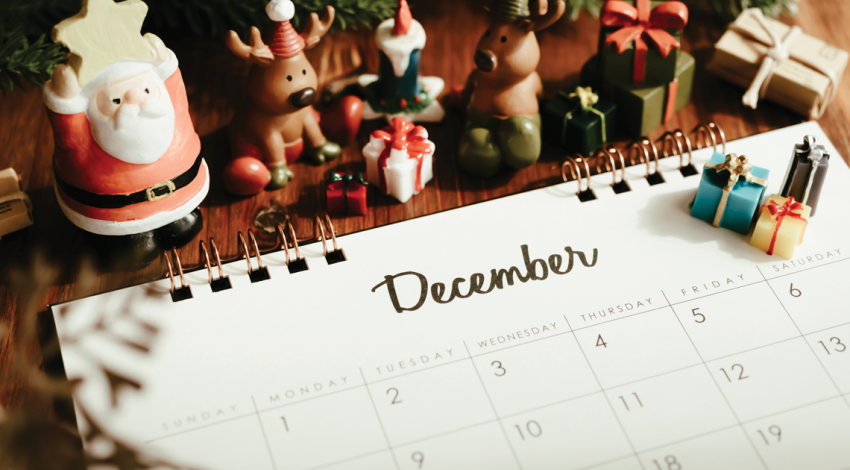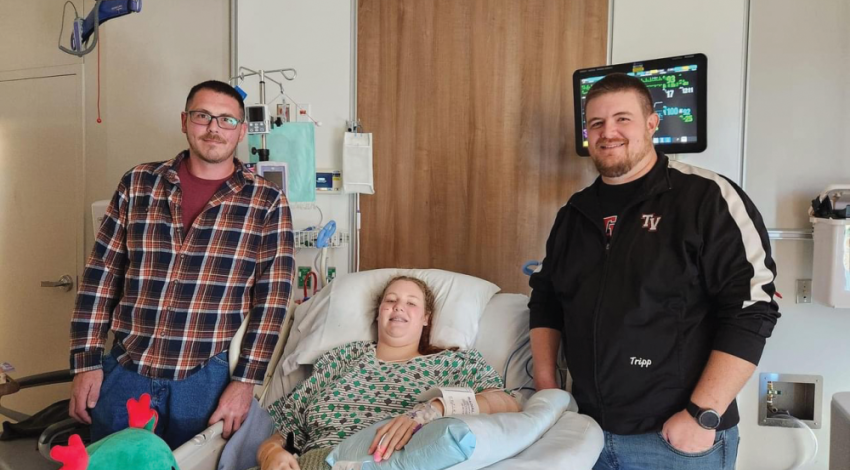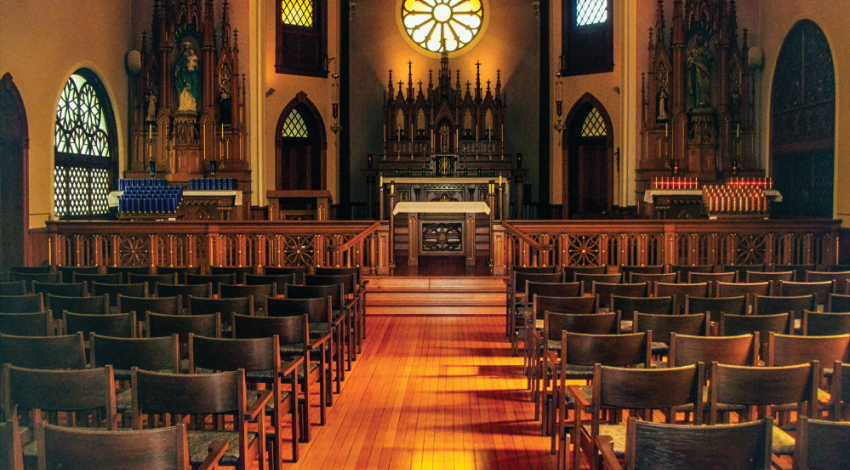Ohio’s writers, poets, authors, and musicians have left lasting impressions on Supreme Court judges, inspired presidents, and moved the entire nation to change its opinion.
The trail showcases more than 70 landmarks, including historical buildings, libraries, and markers, as well as festivals that commemorate Ohio’s literary contributions. The publication took the form of a printed map for the first several decades of its existence. In 2020, the trail went online, where it now features an interactive map that divides the state into five regions. Each section of the site contains links and information about the destinations within the region.


